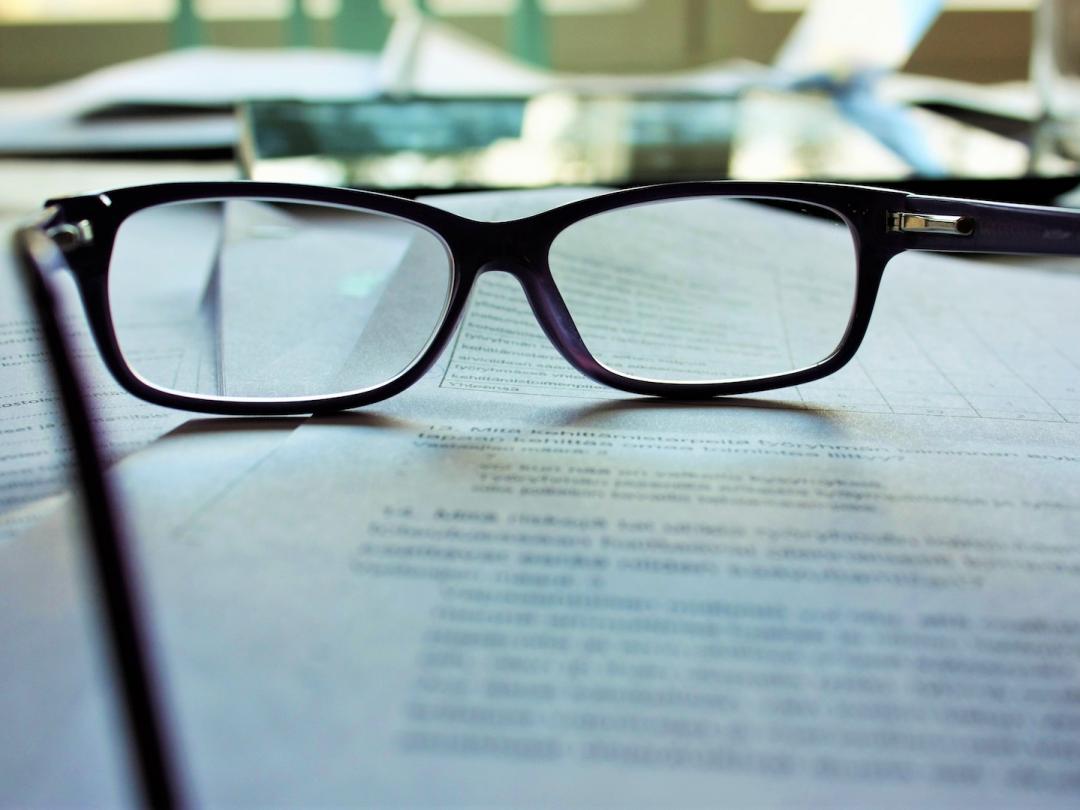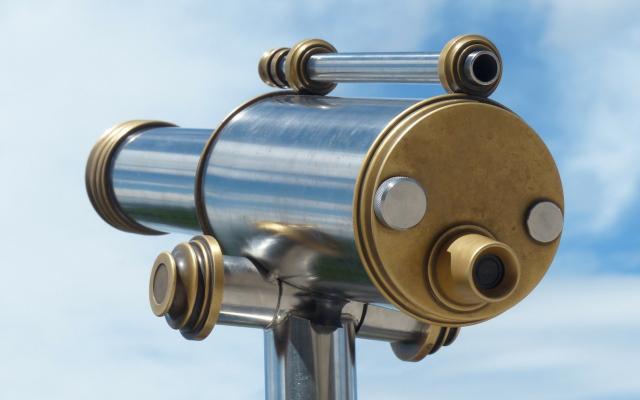Al is de naam van Heinrich Irenäus Quincke (1842-1922) traditioneel verbonden aan angio-oedeem van het gelaat en de mond-keelholte, het is lang niet zijn enige bijdrage aan de geneeskunde (figuur). Quincke wordt geboren als zoon van een arts in Frankfurt, maar het gezin verhuist al gauw naar Berlijn. In zijn tijd aan het gymnasium volgt hij op aandrang van zijn vader ook een opleiding tot meubelmaker.1 Als hij 16 jaar oud is, gaat hij geneeskunde studeren in achtereenvolgens Berlijn, Würzburg, Heidelberg en weer Berlijn. In 1864 wordt hij arts en mag hij van zijn ouders een studiereis maken langs Wenen, Parijs en Londen. 2 jaar later wordt hij assistent bij de chirurgische afdeling van het Bethanien-ziekenhuis in Berlijn; hij opereert er onder meer longabcessen, al is er nog geen oplossing voor het probleem van de pneumothorax bij openen van de borstholte. 1 jaar later wordt hij assistent aan de…
Quincke en zijn oedeem

Heinrich Irenaeus Quincke (1842-1922), the son of a physician, was born in Frankfurt but was educated in Berlin where he also completed his medical studies in 1864. After a ‘grand tour’ that took him to Paris, Vienna and London, he was trained in Berlin, first in surgery and later in internal medicine, under Von Frerichs (1819-1885). In 1878, he became a professor of internal medicine in Berne; from 1883 he held the chair of medicine in Kiel, which he would hold for the next 30 years. In 1882, he published a synthesis of several observations of ‘acute, circumscribed oedema of the skin’. Quincke accurately described the clinical features and distinguished the familial from the sporadic forms. He was correct in attributing the condition to increased vascular permeability, but he surmised the causal factors were neurogenic rather than humoral, according to current insights (excess of bradykinin due to external factors or hereditary deficiency of C1-esterase inhibitor). Quincke not only contributed to several other clinical observations, but also pioneered the lumbar puncture, initially not for diagnostic purposes, but to relieve headache in hydrocephalic children.
Conflict of interest: none declared. Financial support: J.P. Gijselhart works part-time for the Association of the Dutch Journal of Medicine (Vereniging Nederlands Tijdschrift voor Geneeskunde), Amsterdam.




Reacties